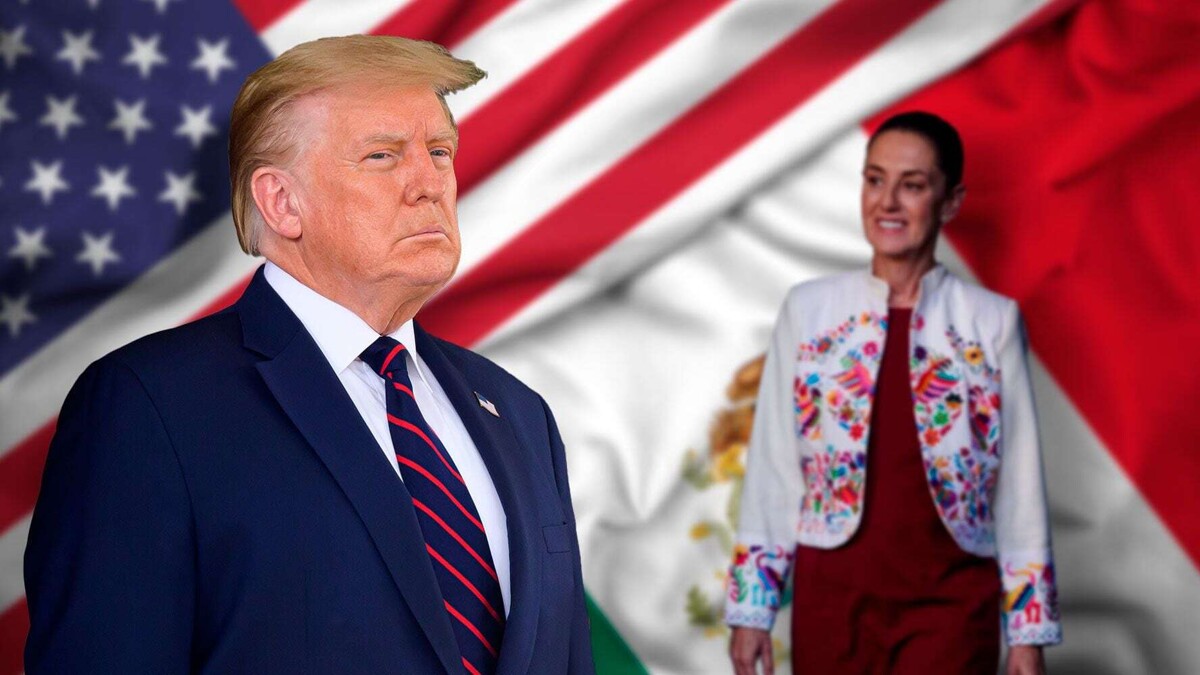
The relationship between Mexico and the United States dates back to Mexico's independence from Spain in 1821. Shortly after, in 1822, U.S. President James Monroe recognized Mexico as an independent nation. However, tensions arose when Texas declared its independence from Mexico in 1836, and the United States recognized it as such. This situation was one of the factors that triggered the war between the two countries in 1846.
The intense economic relationship between Mexico and the United States was solidified in 1994 with the implementation of the North American Free Trade Agreement, which transformed the dynamics between the two nations and positioned them as partners on the international stage. Throughout history, the relationship between both countries has oscillated between military conflicts, such as the war and the annexation of Texas, and moments of cooperation.
In 1909, a historic summit was held between the presidents of Mexico, Porfirio Díaz, and the United States, William Taft, marking a high point in the bilateral relationship. During the Mexican Revolution, French intervention in Mexico and the establishment of the Empire led by Maximilian created tensions; however, U.S. support for Juárez's government paved the way for a more cordial relationship.
The Treaty of Guadalupe Hidalgo in 1848, which involved the cession of Mexican territories to the United States, marked a historical milestone that changed the course of both countries and the world. Over the years, conflicts such as Pancho Villa's incursion into U.S. territory and the oil expropriation by Lázaro Cárdenas in 1938 have strained bilateral relations, but negotiated solutions have been achieved.
During World War II, Mexico joined the Allies, consolidating its relationship with the United States. Programs such as the "bracero" and temporary immigration of Mexican workers to the United States have left a significant mark on the history of both countries. The economic relationship has strengthened with U.S. investment in Mexico and the exchange of raw materials.
Over the years, episodes such as the occupation of Veracruz by the United States in 1914, General Pershing's "punitive expedition," and the sale of the "La Mesilla" territory in 1853 have marked the history of both countries. Despite conflicts and challenges, Mexico and the United States have maintained a complex and diverse relationship throughout their history, with moments of cooperation and tensions that have shaped their interaction on the international stage.














